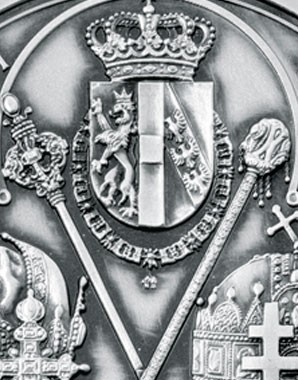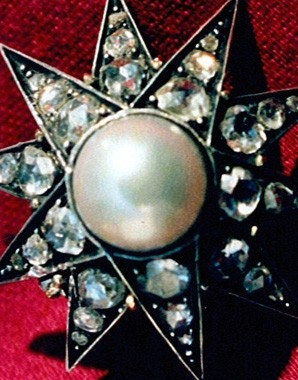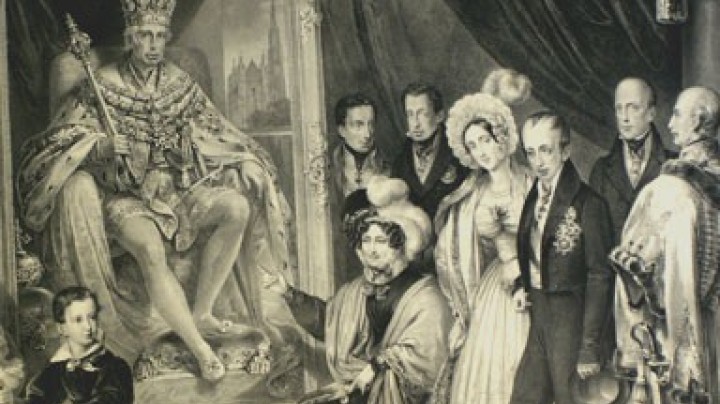Franzl and Sisi, the prototype imperial couple
Who is not familiar with the stars of the Habsburg clan – the romantic ‘dream couple’ Franz Joseph and Elisabeth?
Whenever ‘the Habsburgs’ are mentioned in public, the image that impresses itself on most people’s minds is that of the happily married imperial couple Franz Joseph and Elisabeth. The picture of a smartly uniformed Franz Joseph replete with his characteristic sideburns is just as popular as that of Empress Sisi – the ‘Sissi’ of the much-loved film series.
The principal works of popular literature on the history of the Habsburgs also concentrate on ‘Franzl’ and ‘Sisi’ and are unsparing in their use of flowery expressions and superlatives. Franz Joseph is presented as an uncreative, deeply religious oddball who has no interest in art whatsoever but is an exemplary bureaucrat – in his later years he becomes the very epitome of the Monarchy and is the sole force holding the Empire together as its nears its end. He ‘is entirely committed to the office of emperor’ and has a ‘fanatical sense of duty and order’. In spite of the little time available to him, he is a ‘family man’. He enjoys playing with the children but at the same time sets store by their being brought up to become ‘worthy’ members of the family. In addition he is ‘close to the people’ and – last but not least – he has affairs, which are considered understandable and his right as a powerful man, especially given that his ‘angel Sisi’ – whom in spite of all their marital problems he ‘idolizes’, overwhelming her in his letters with protestations of love – neglects her ‘marital duties’.
Elisabeth, on the other hand, is portrayed as creative but psychologically unstable. Although she does attain political significance here and there, as in connection with the Compromise with Hungary, she is for the most part presented as the ‘free-thinking Empress’ who spends most of her life travelling. She takes little care of her family, withdraws into her ‘self-created dream world’, is a ‘crazed Romantic’ and acts in a manner ever more divorced from reality.
When Franz Joseph and Elisabeth are presented in this way, no consideration at all is given to the question as to what they were actually like as people. Naturally, in their respective dynastic milieus they were brought up in accordance with the dominant ideas of the time concerning what was the right behaviour for a man, a woman, a future monarch, a marriageable young noblewoman. However, when historical persons such as the dream couple ‘Franzl’ and ‘Sis(s)i’ are overdrawn to the point of being unrecognizable, the question as to the core of truth in the historical evidence has been left entirely by the wayside. In such cases, the ‘old Emperor’ and the ‘beautiful Empress’ are no longer real people but psychological projections, used to justify and consolidate rigidly established images of the roles proper to the sexes and ideas about the way a ruler and ‘his’ spouse should act and look. Furthermore, they also serve to encourage readers to look at the declining ‘empire of many peoples’ and its declining dynasty through rose-coloured spectacles and to distract their attention from the darker sides of Habsburg history.



















